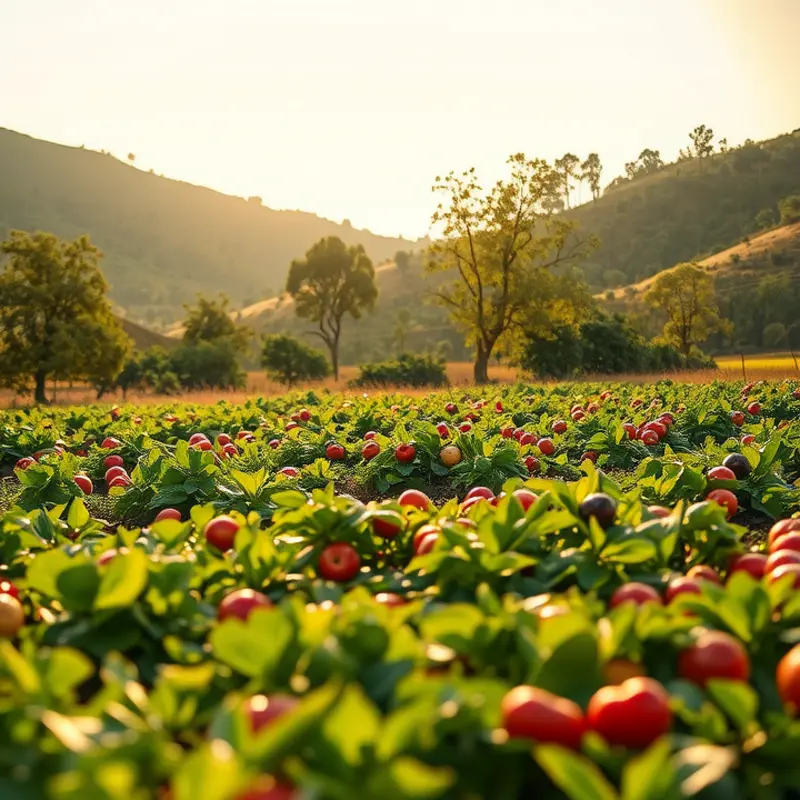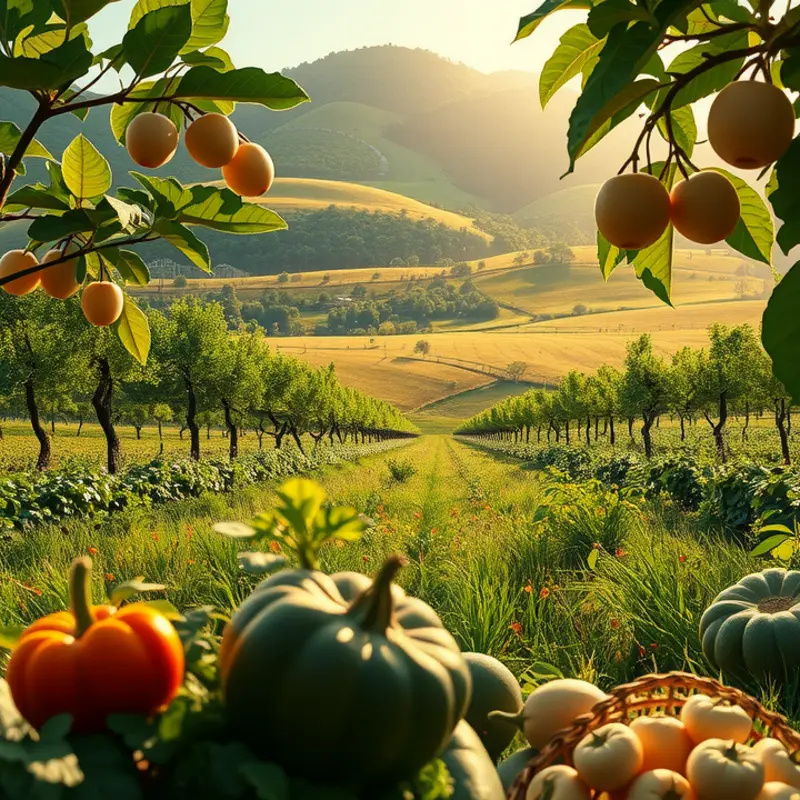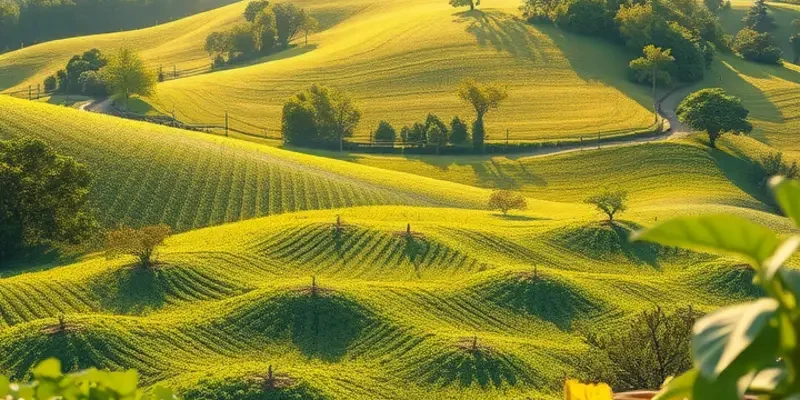Desserts are a universal language, each sweet treat telling a unique story steeped in cultural heritage. From celebratory cakes to traditional sweets, these desserts are more than just indulgences; they are reflections of values, beliefs, and history. This exploration uncovers enchanting dessert traditions from different corners of the globe, inviting food enthusiasts and culturally-curious readers to experience the world through its flavors.
The Heart of France: Macarons and Their Historical Charm

The macaron, a delicate creation of almond flour, sugar, and egg whites, embodies the heart of French culinary artistry. Its journey begins in the Renaissance, where the macaron was inspired by the Italian meringue. This delightful treat found its way to France through the union of Catherine de’ Medici and Henry II, becoming a symbol of elegance and refinement.
As centuries passed, the macaron evolved to encapsulate a spectrum of flavors that capture the essence of French art and culture. Today, patisseries across France prepare macarons in an array of flavors, showcasing the nation’s rich palette of tastes. From the subtle nuttiness of pistachio to the tart sweetness of raspberry and the intriguing contrast of salted caramel, each macaron tells its own story.
Pistachio macarons offer a glimpse into the artistry of French patisseries. Their delicate green hue mirrors the pastoral landscapes of Provence, where almonds and pistachios flourish. The rich, nutty taste highlights the French philosophy of appreciating the finer details in life.
Raspberry macarons, with their vibrant color and tangy notes, are reminiscent of a summer day spent in the lush raspberry fields of Chartres. This variety encapsulates the youthful zest and joie de vivre that are deeply rooted in French culture. Each bite evokes memories of sunny afternoons spent enjoying life’s simple pleasures.
Perhaps the most intriguing flavor, salted caramel, demonstrates the French art of balance. The subtle dance between sweet and salty notes mirrors the harmonious blend of tradition and innovation that defines French gastronomy. The Breton tradition of using salted butter imbues each caramel macaron with a distinctive character that exemplifies the regional diversity of France.
Crafting these charming confections is an art form in itself. Renowned patisseries employ meticulous techniques, ensuring each macaron achieves the ideal texture — a crisp shell that yields to a luxurious, chewy interior. This level of craftsmanship requires precision, patience, and a deep understanding of the ingredients.
The cultural significance of macarons extends beyond taste. They embody the French attitude of savoring life’s sweet moments. Much like reading a novel or admiring a work of art, enjoying a macaron is an exercise in mindfulness and gratitude. It aligns with the broader principles of mindful eating, which encourages individuals to appreciate the nuances of each flavor and texture, building a deeper connection with the food they consume. For insights into this philosophy, explore how mindful eating can transform your dining experiences here.
Ultimately, the macaron remains an enduring emblem of French culture. Its historical roots and evolving flavors continue to fascinate and delight. A testament to the passion and precision of French patissiers, the macaron stands as a delicate bridge between the past and present, inviting us all to indulge in moments of sweetness.
Desserts Across the Globe: From Baklava to Tres Leches

Baklava, a beloved sweet from the Middle East, captivates with its rich layers. The origins of this delicacy trace back to ancient empires, where it was a royal treat, spread across the Ottoman Empire. Baklava’s meticulous preparation starts with sheets of phyllo dough, as thin as parchment paper. Creating these delicate layers requires patience and precision, a true testament to dedication.
A harmonious mix of nuts, such as pistachios or walnuts, is then sprinkled between layers of dough, adding texture and earthiness. Finally, a sweet syrup infused with rose water or honey envelops the pastry. This final touch not only enhances flavor but also acts as a preservative, making baklava a symbol of hospitality at festive occasions.
In homes across the Middle East, baklava is more than a dessert; it’s a tradition passed through generations, a comforting staple at gatherings. Its presence is significant at celebrations, from weddings to religious festivals, often representing abundance and togetherness.
Shifting to Latin America, the allure of tres leches cake offers a different yet equally enchanting experience. This cake is a sponge soaked in three types of milk: evaporated, condensed, and whole milk. The result is a moist, airy creation that seems to melt in your mouth. Origin stories suggest its rise during the mid-20th century, with inspirations perhaps from European desserts brought by conquistadors.
Tres leches cake is fundamental to communal gatherings, signifying warmth and welcoming. Like baklava, its ingredients and processes reflect dedication, yet convene over simplicity. It’s a regular feature at birthdays, anniversaries, and other milestone events, making it integral to Latin American culinary identity.
These desserts, while distinct, share common threads. Both celebrate abundance, community, and the art of crafting with love. They encapsulate not only regional flavors but also stories and traditions, sustaining bonds between people. Exploring such delicacies widens our culinary appreciation, urging us to understand deeper cultural connections. For more insights on how cuisines influence each other historically, read about culinary influences from trade.
Final words
Cultural desserts are not merely culinary creations; they are a tapestry of tradition, craftsmanship, and emotional resonance. Each delicacy offers a window into the beliefs and customs of its origin, allowing us to celebrate diversity through shared moments of sweetness. By savoring these treats, we honor the stories, struggles, and triumphs of those who came before us. As the world of desserts continues to evolve, rooted in history yet always open to innovation, let every bite inspire a greater appreciation for cultural heritage.








